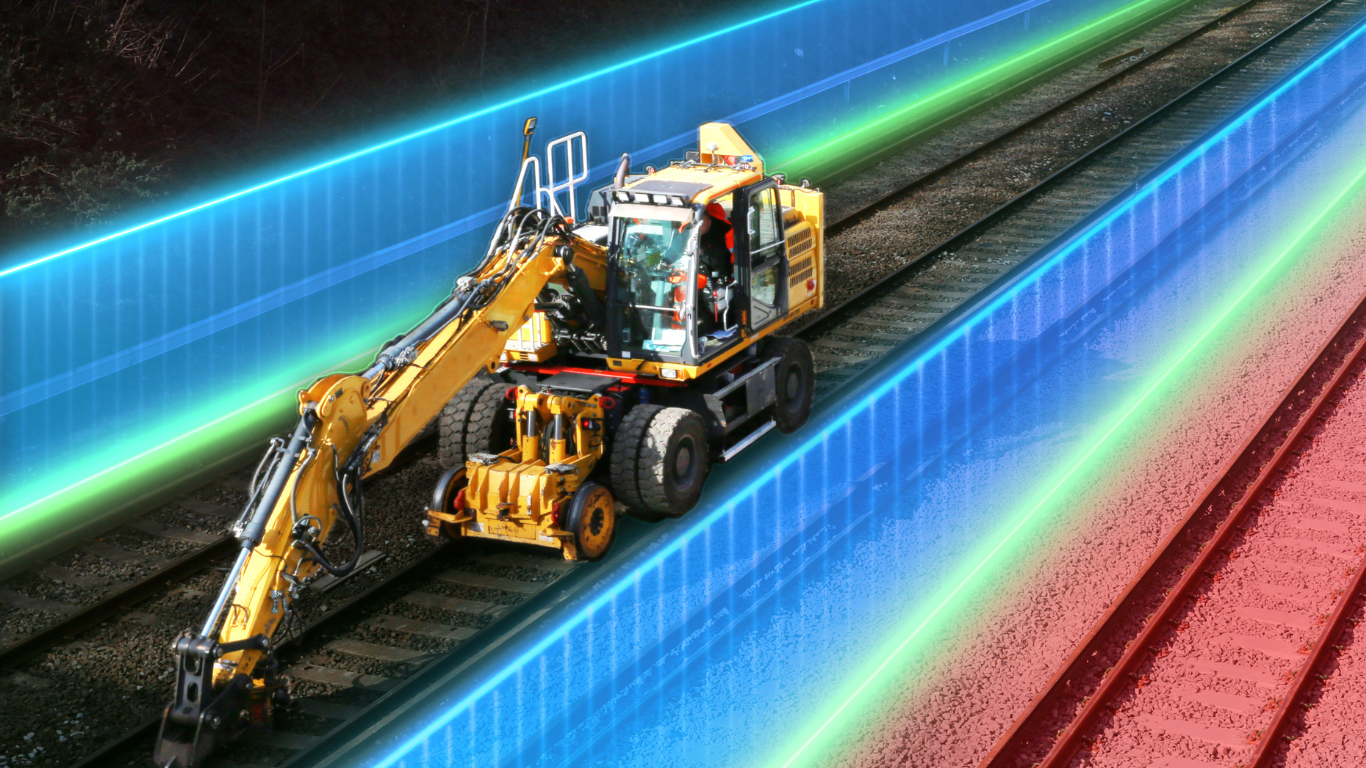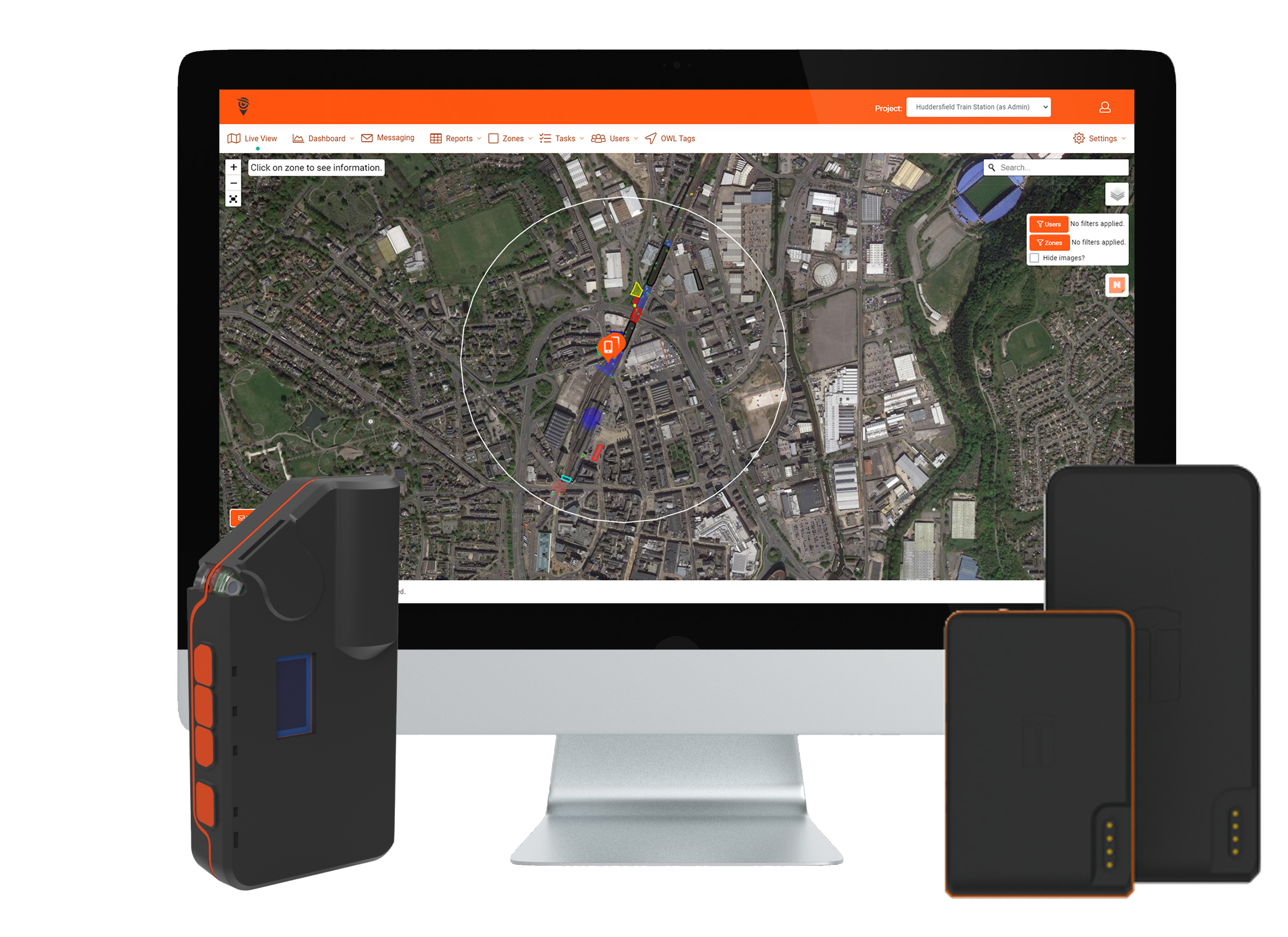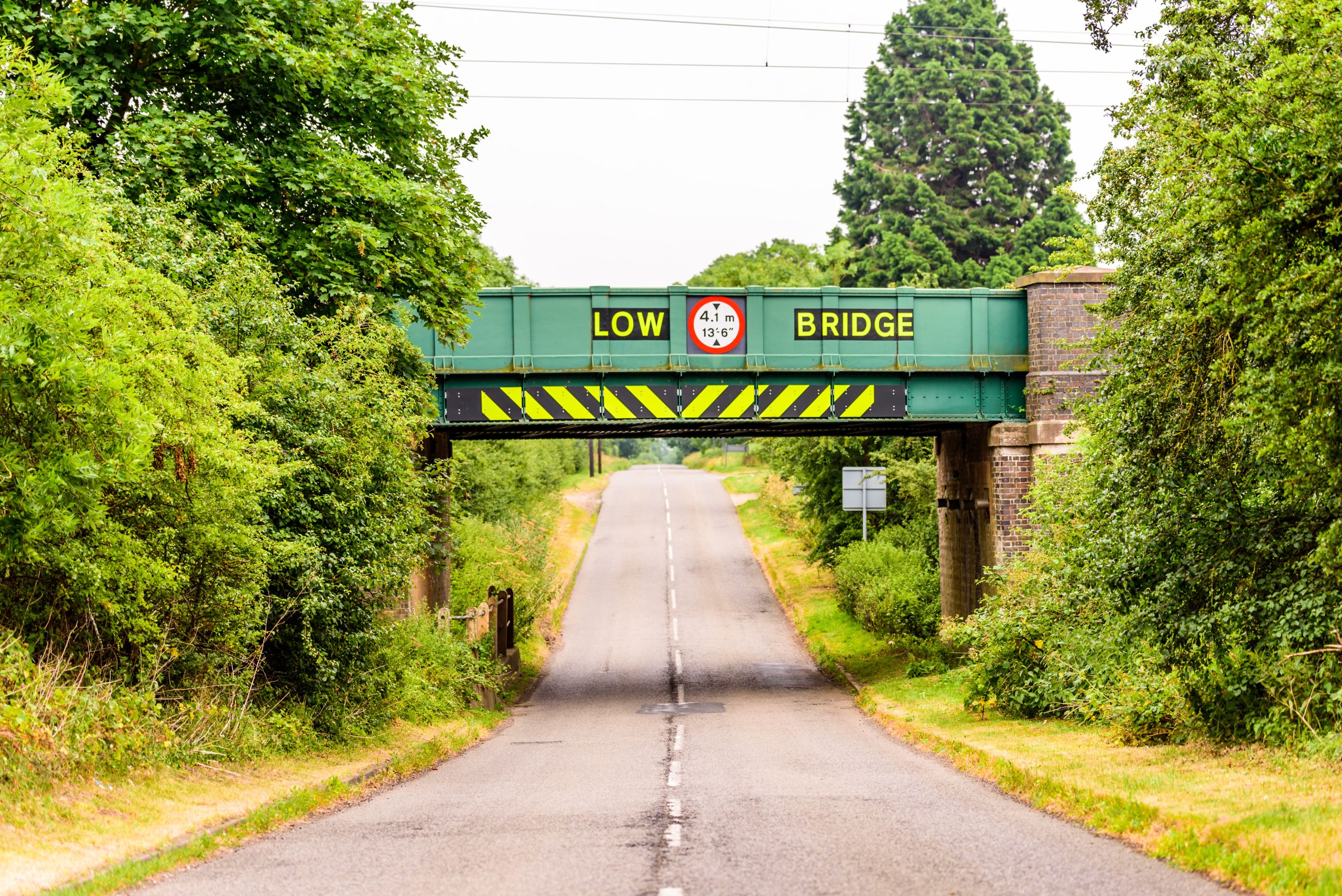The following article was written by Allan Spence
Today’s operational railway is a technological marvel. Train, signalling and power control systems are sophisticated and complex. With high degrees of engineering integrity, any failures are designed to lead to a safe condition.
While there have been huge strides in employee safety over the past five years, many safety arrangements to protect workers unfortunately still depend in large part on humans doing what they should 100% of the time. There are few backstops. And absolutely no-one, no matter how experienced and competent they are, is immune from making a mistake. But there are systems available that can reduce the likelihood of a single human error leading to an accident, such as additional protection that helps to guard against line blockages being compromised as the work progresses.
Worksite boards incorrectly placed – a weekly occurrence
But until now, there was no help for the person who was in the wrong place, or on the wrong line, when they placed possession or worksite boards. This work is often undertaken by people who work in many locations across the network. And in the dark or bad weather it is all-too easy to become disorientated when choosing the right access gate, the best walking route, and the right position on the right line. Get it wrong and while you believe the signaller has held red signals to keep you safe, those signals may be stopping traffic somewhere else, not the place you are working. Boards being set in the wrong place happens almost every week somewhere on the mainline railway. People have died or been maimed for life in these situations.
Geofencing technology to mitigate risk of stepping into danger
With the development of highly accurate geofencing technology such as Onwave’s OWL system, there is now an affordable and practical solution that protects the very people who are helping to protect and railway worksites. With straightforward zone creation on an accurate plan of the railway as the job is planned, the worker wearing a personal OWL device will be immediately warned if they stray from the safe area by even a few centimetres keeping them safe.
Geotagging marker boards
Better still, with an OWL device clipped to every board, the Onwave OWL system gives an Engineering Supervisor (ES) or Person in Charge Of Possession (PICOP) absolute confidence the boards have been set on the right line, in the right place for their worksite or possession. They can see on their phone or tablet exactly where the boards are. This also guards against the boards being forgotten or left in place through miscommunication as limits change during the possession or when the work is complete. When a train hits such a board it not only terrifies the driver, who quite rightly expects people or plant to be still working in front of their train, but dealing with the aftermath causes delays often with a knock-on effect to passengers and freight traffic.
Lines clear for safe handback of worksites
It is not only marker boards that get accidentally left behind. At the end of engineering work in today’s complex worksites, the systems to check that all the equipment and has been safely removed are also dependant on 100% reliable people and crystal-clear communication between staff – sometimes even by phone rather than face-to-face. After a hard night’s work on site, people’s minds turn to enabling the railway to be ready for passengers, and their own journey home to bed.
But handing the site back is a vital part of the whole job. An Engineering Supervisor (ES) often has to get assurances from tens of work group leaders (Controllers of Site Safety) who have been working in their site that all of their work is complete, and all the kit has been safely removed. Paperwork used can help, but even that relies on diligent people, undistracted when they complete it. The Rail Accident Investigation Branch report into a trolley left behind and struck at 123mph by a passenger train at Challow in Wiltshire lays bare how fragile some of the controls really are.
Geofencing technology offering a solution
But help is now at hand. Onwave’s OWL geo-location technology is now available to tag every item of plant that could harm or derail a train if left behind. As with marker boards, it gives a single picture to the ES, without having to personally walk through a worksite which is likely to be many miles long, that everything has been removed and the railway is safe to hand back to traffic. With OWL, when an ES signs to say the line is safe to hand back, they are not solely relying on lots of assurances from others, they can see for themselves on a phone, tablet or laptop that the line is clear.
Onwave’s OWL geofencing and geo-location equipment therefore serves track workers, train drivers and those who use the railway. Put simply, a railway worksite is safer with OWL than without.
So, how can organisations decide whether using such technology is required? Britain’s health and safety law requires risks to be reduced so far as is reasonably practicable. Part of discharging that duty involves considering what could be done using state of the art technology, and only reverting to old ways if the costs would be grossly disproportionate to the benefits it brings. This means decisions today are likely to be different from those taken a few years ago before this technology became available. What was enough to comply with the law a few years ago is unlikely to be the same today.
If a regulator decides to proceed with enforcement, after something goes wrong, they only have to evidence that extra safeguards such as Onwave’s OWL are available and can be used; it is for the company doing the work to prove that it was not reasonably practicable – i.e. that the costs are grossly disproportionate to the benefits of adopting the available, product-accepted, geofencing OWL equipment.
About Allan Spence
Allan has spent a career in senior and influential positions in the safety profession, the last 23 focussed on the rail industry. As HM Deputy Chief Inspector of Railways, he led all of the inspectors inspecting and where necessary enforcing safety on Britain’s railways. This involved many examples where workers were struck by trains or injured by plant. And then for 10 years, he led various aspects of safety within Network Rail, Britain’s mainline infrastructure manager. He led investigations into rail accidents of all types, including a series of tragic worker deaths. His insight is reinforced by his work internationally with the International Union of Railways.






